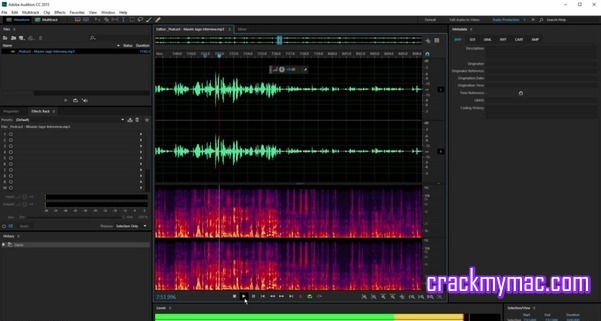So, for example, I could install Adobe Reader, and block it from accessing the Internet completely, or I could let it access the Internet and just not go to adobe.com. Every time Little Snitch detects an outbound connection, it pops up a window and ask you if you want to allow the connection one time, or make a rule to allow connections to this. Setting up Little Snitch. It's not hard to set up Little Snitch, just a simple download and install. However, you will need to restart your system after installing. This is because Little Snitch replaces a program called iptables, which is used for system networking. Don't worry, Little Snitch doesn't overwrite that program, it just replaces it. Blocking Outbound Connections with Little Snitch. The firewall in Mac OS X is designed to stop incoming connections. When youire connected to the Internet directly, and your IP address is visible, hackers can generally see your Mac and construct a variety of attacks. Jun 29, 2018 Little Snitch is a popular Mac app that detects outbound connections and lets you set up rules to block those connections. Once installed, Little Snitch monitors your internet traffic and every time it detects an outbound connection, for example, Adobe Reader trying to access the internet, it pops up a window and ask you if you want to allow the connection one time, or make a rule to allow. When using Adobe software, Little Snitch will prompt you asking what action to take due to Adobe's frequent sending of user information to its server. In order to use Adobe software and Little Snitch simultaneously, you'll need to add Adobe to Little Snitch's trusted applications list.
Here is a script to take the hosts from From http://pgl.yoyo.org/adservers/ and convert them to rules for Little Snitch.
It has options to grab the entire list or grab new entries past a certain date.


Just grab the output and copy/paste into Little Snitch.
The script is written to block access to any process, any port.You can also delete those lines and it will only block Mail.Or use the options to enter any process, port or protocol you want to block.
Installation: Copy the text generated by the output from a plaintext editor into LittleSnitch Rules
Save the script in your home directory, I called mine getadblock.sh.
Make sure to make it executable:
chmod +x getadblock.sh
Block Adobe With Little Snitch
Output looks like:

Block Adobe With Little Snitch Online
File - GetAdblock.sh
Block Adobe With Little Snitch 3
Run Command
- How to block Little Snitch from calling home and killing numbers:
- 1. The first step is to block Little Snitch with Little Snitch. Create two new rules in Little Snitch as below:
- a) Deny connections to Server Hostname http://www.obdev.at in LS Configuration. The address that will appear if you do it correctly is 80.237.144.65. Save.
- and the next is:
- b) Deny connections in LS Config to the application Little Snitch UIAgent (navigate to /Library/Little Snitch/Little Snitch UIAgent.app, any server, any port.
- 2. After that is done, open the Terminal (in your Utilities) and paste in:
- sudo /Applications/TextEdit.app/Contents/MacOS/TextEdit /etc/hosts
- (Hit return and type in your admin password). A TextEdit window will open behind the Terminal window. Command+Tab to it - this is your hosts file.
- 3. Place your cursor at the end of the text there, type or leave one vertical space and paste in the following:
- # Block Little Snitch
- 4. Close TextEdit, hit Command+Tab to return to the Terminal window, and paste in the following:
- sudo dscacheutil -flushcache
- 5. Hit the Return key and quit Terminal. You're finished now.
- 6. Easy, isn't it. If only everyone would do this, the developer would cease and desist from killing the number that you personally are using successfully on your Mac. At least until the next version is released…



